
UP: Autonomous Trucks for First-Mile/Last-Mile Service
Written by Marybeth Luczak, Executive Editor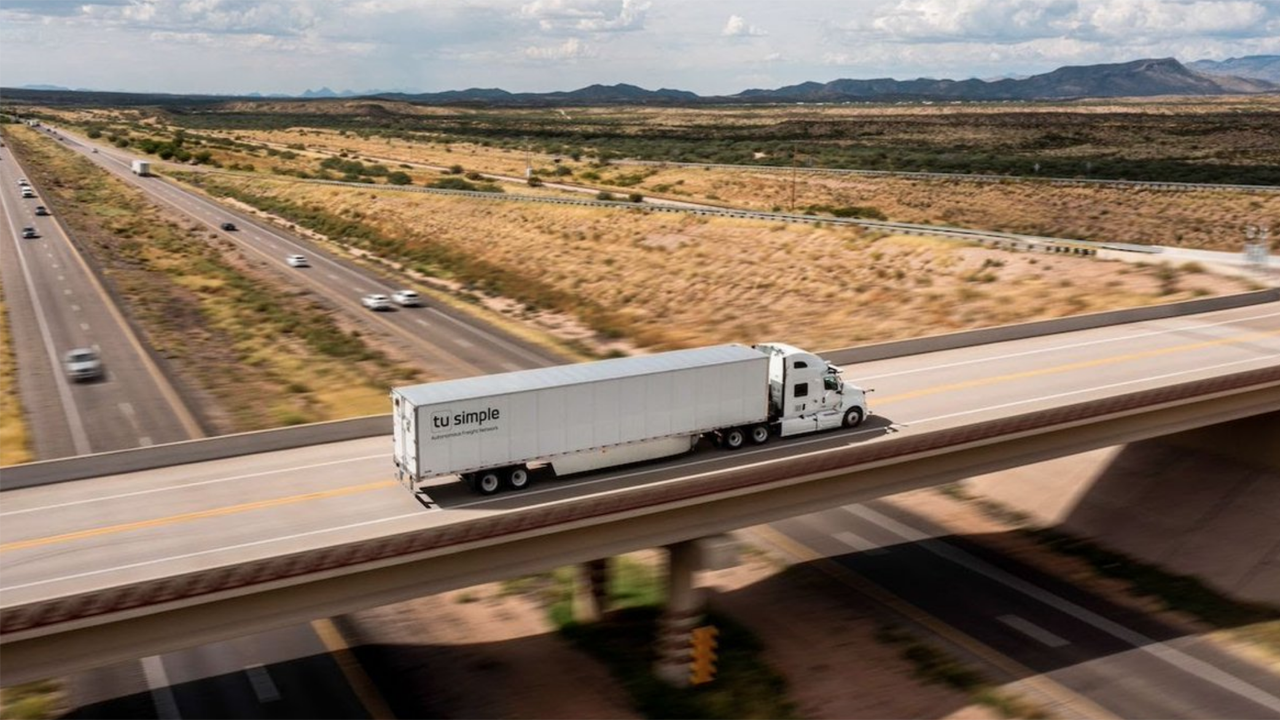
In December 2021, TuSimple said it became “the first company in the world to successfully operate a semi-truck on open public roads without a human in the vehicle and without remote human intervention.”
This spring, Union Pacific (UP) will start moving freight on an 80-mile, fully automated trucking route between a rail yard in Tucson and a high-volume distribution center outside of Phoenix.
TuSimple on Feb. 2 said it will handle the first-mile/last-mile service using AV (autonomous vehicle) technology. UP is its first customer. Loup Logistics, UP’s wholly owned subsidiary, will coordinate freight shipments.
Meanwhile, also on Feb. 2, the House Subcommittee on Highways and Transit held a hearing on “The Road Ahead for Automated Vehicles.”
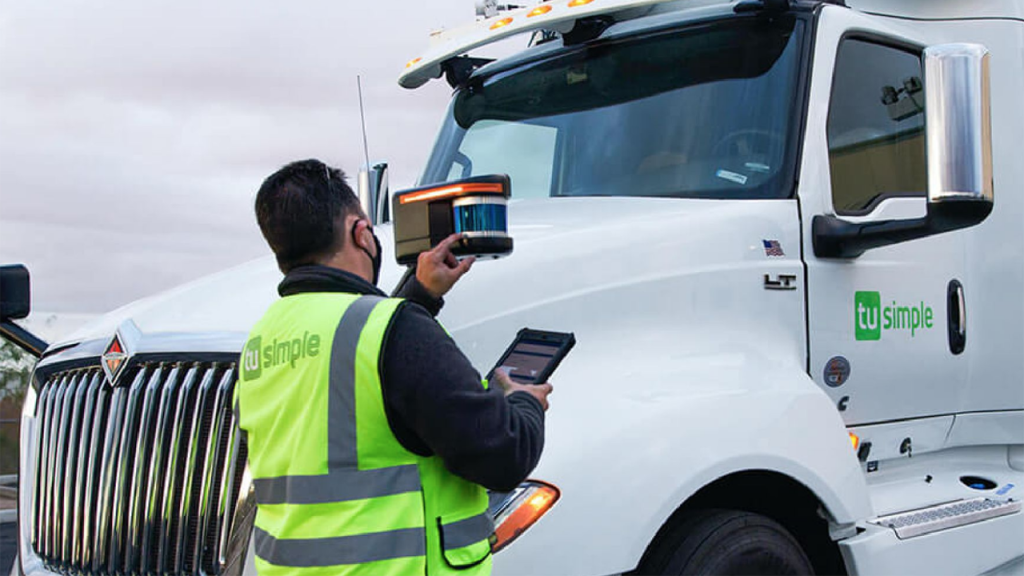
San Diego-based TuSimple was founded in 2015 to develop what it calls a “commercial-ready, fully autonomous (SAE Level 4) driving solution for long-haul heavy-duty trucks.” According to the company, its AI technology “makes it possible for trucks to see 1,000 meters away.”
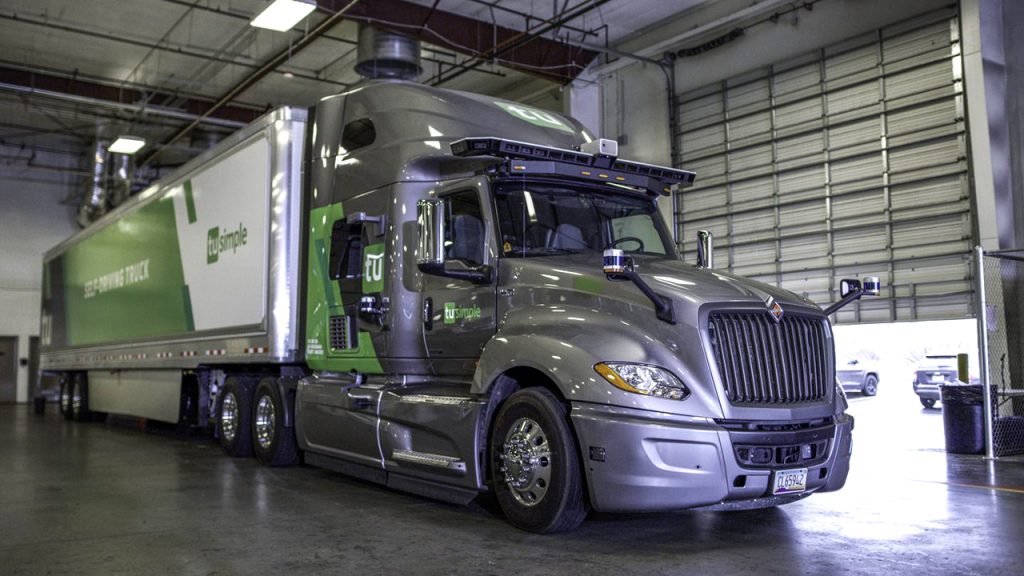
TuSimple claims to be the “first to successfully test a fully autonomous [Class 8] semi-truck on open public roads without a human in the vehicle and without human intervention.” On Dec. 22, 2021, the company’s Autonomous Driving System (ADS) “successfully navigated surface streets, traffic signals, on-ramps, off-ramps, emergency lane vehicles, and highway lane changes in open traffic while naturally interacting with other motorists.” Following the same route UP shipments will take, the one-hour and 20-minute run was performed at night in collaboration with the Arizona Department of Transportation and law enforcement. (A video of the test is available on TuSimple’s YouTube Channel. Download the company’s “Safety Case for ‘Driver Out’ Operations” below.)
TuSimple has since conducted six additional runs, logging 550-plus cumulative miles of autonomous “Driver Out” operations. Runs were conducted in various roadway conditions, including dense early-evening traffic and “back-to-back” runs on the same night, according to the company.
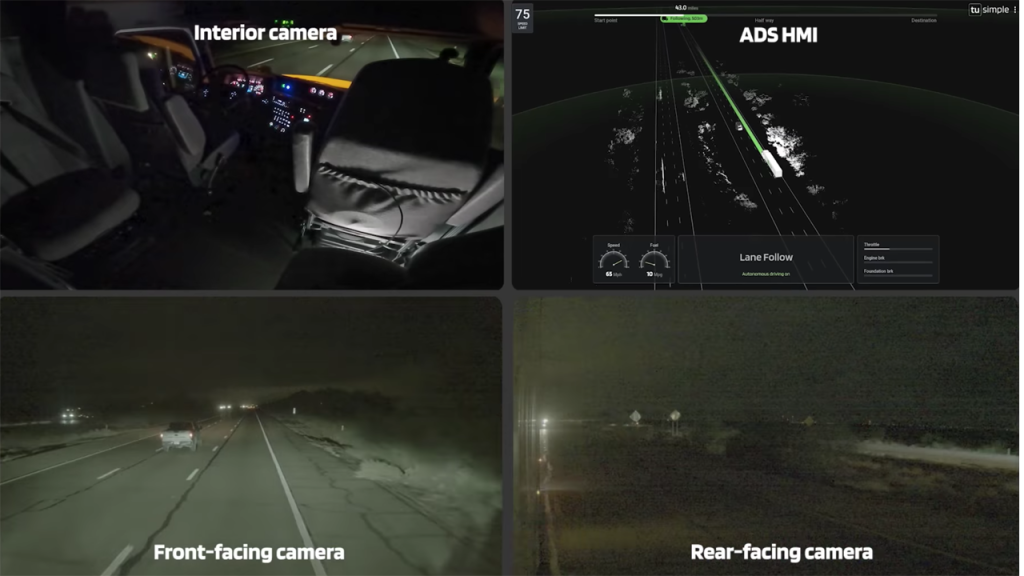
Testing will continue, with its scope expanding progressively to incorporate daytime runs and new routes, and TuSimple will make “regular improvements” to the AV technology, it said. The company plans to “scale to commercial viability by the end of 2023.”

“Partnering with TuSimple allows us to extend our operations beyond our rail hubs and serve our customers faster and more efficiently,” UP Executive Vice President-Marketing and Sales Kenny Rocker said. “This groundbreaking autonomous driving technology and our partnership provide us a significant opportunity to scale the technology in our network, proactively reducing global supply chain congestion.”
Is Commercial AV Policy on the Horizon?
The aim of the Subcommittee on Highways and Transit’s Feb. 2 hearing was to “explore the impact of automated vehicle deployment, including automated trucks and buses, on mobility, infrastructure, safety, workforce, and other economic and societal implications or benefits.”
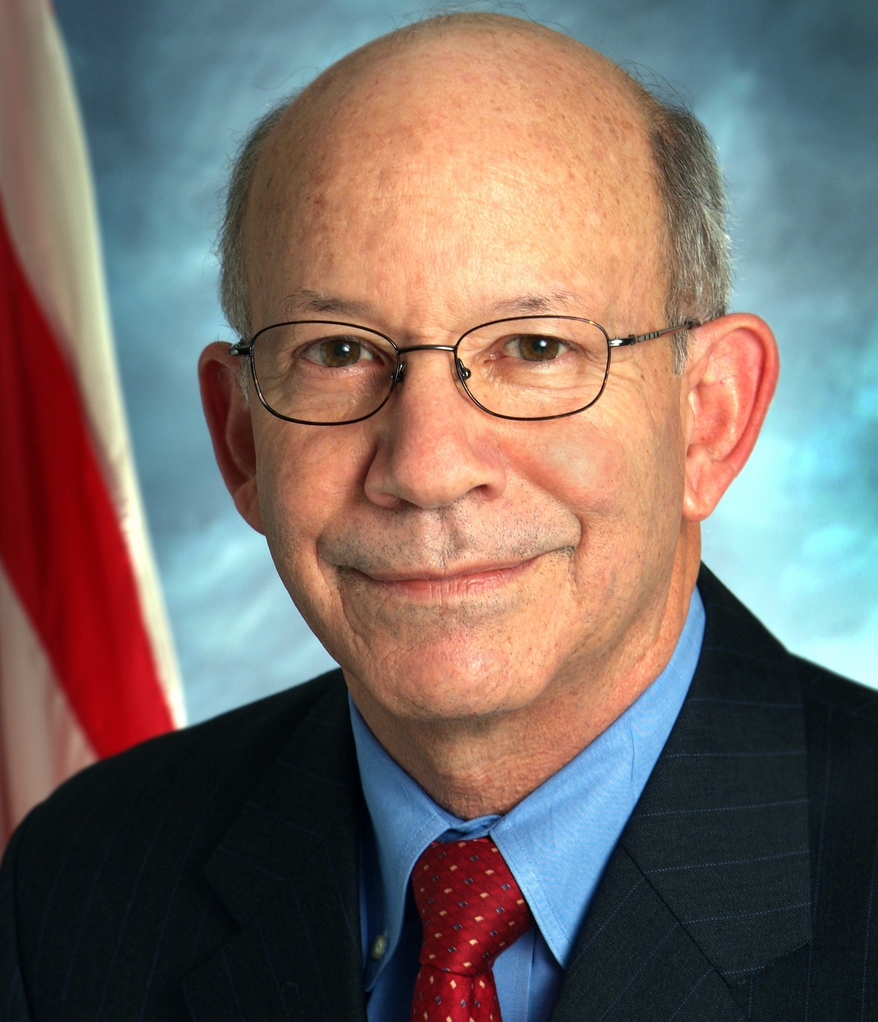
TuSimple technology, in particular, was called out by Transportation and Infrastructure Committee Chair Peter DeFazio (D-Ore.). “To some, AVs are a new, far-fetched technology,” he said in his opening remarks. “To a degree, this is true. But in more and more cases, AVs are already here. A company called TuSimple reported that they just completed the first automated truck run on public roads without a human in the vehicle and without human intervention. Waymo has been operating a robotaxi service in Phoenix since October 2020. According to DOT, there are more than 1,400 automated vehicles currently in testing by more than 80 companies across 36 states.”
To reap the potential safety benefits of AVs, “regulators must do their part to hold industry accountable in this process and ensure that AVs deliver on their promise of safer roads,” DeFazio said. Additionally, he pointed out that “deployment of AVs also stands to have tremendous impacts on the surface transportation workforce. As we begin to craft AV policy, labor must have a seat at the table to ensure that transportation workers can do their jobs safely, particularly as truck drivers and transit operators share the road with AVs.
“As regulators work to hold automated trucks and buses to the highest safety standards, they must rely on the expertise of the men and women who operate these vehicles today. Professional commercial drivers have a deep well of knowledge on operating conditions on our roads, and must be part of the safe transition to advanced technologies.
“The workforce implications to commercial drivers is another reason Congress should give special consideration to commercial AV policy, separate from ongoing work on passenger AVs.”

Subcommittee Chair Eleanor Holmes Norton (D-D.C.) voice similar concerns about safety and the commercial driving workforce. “AVs have the potential to drastically reduce deaths on our roadways by reducing traffic crashes caused by human behavior,” she said. “Still, safety benefits must be carefully weighed against risk, especially when deploying commercial and passenger-carrying AVs. We have seen disastrous consequences when automation technology is deployed haphazardly. To maximize the road safety impact of AVs, we must ensure that these technologies are held to the highest possible safety standards. Such standards must consider the safety of all road users who interact with AVs, including pedestrians and cyclists and those who scoot and use wheelchairs, which is especially critical in urban areas like the District of Columbia.
“AVs must also be integrated into our transportation system in a manner that respects America’s commercial driving workforce. AVs could significantly improve working conditions for commercial drivers and increase on-the-job safety. But eliminating the need for a human driver could also result in widespread job displacement if the needs of workers are not prioritized at the outset. Employer transparency, comprehensive regulations and oversight of AV deployment will be required to create and preserve high-quality, family-wage jobs and good working conditions for Americans whose livelihoods depend on driving.”
Representative from unions, an AV industry association, and the American Association of State Highway and Transportation Officials (AASHTO) were among the hearing presenters. Download their testimony below.
• Nat Beuse, Vice President of Safety, Aurora
• Doug Bloch, Political Director, Teamsters Joint Council 7
• Martha Castex-Tatum, Vice Mayor Pro Tem and Councilmember, District K (Houston, Tex.), on behalf of the National League of Cities
• Catherine Chase, President, Advocates for Highway and Auto Safety
• Nico Larco, Professor and Director of the Urbanism Next Center, University of Oregon
• Scott Marler, Director, Iowa Department of Transportation, on behalf of AASHTO
• John Samuelsen, International President, Transport Workers Union of America
• Ariel Wolf, Esq., General Counsel, Autonomous Vehicle Industry Association



